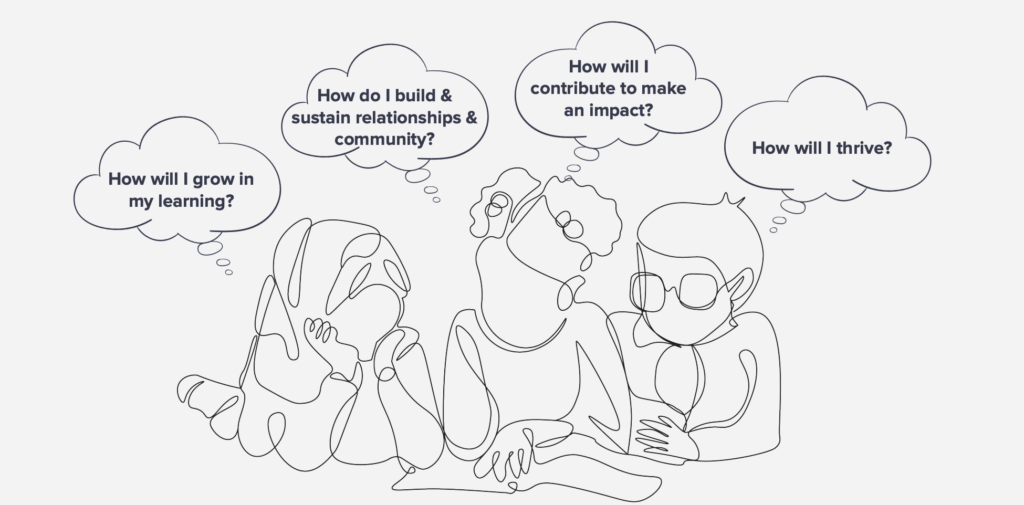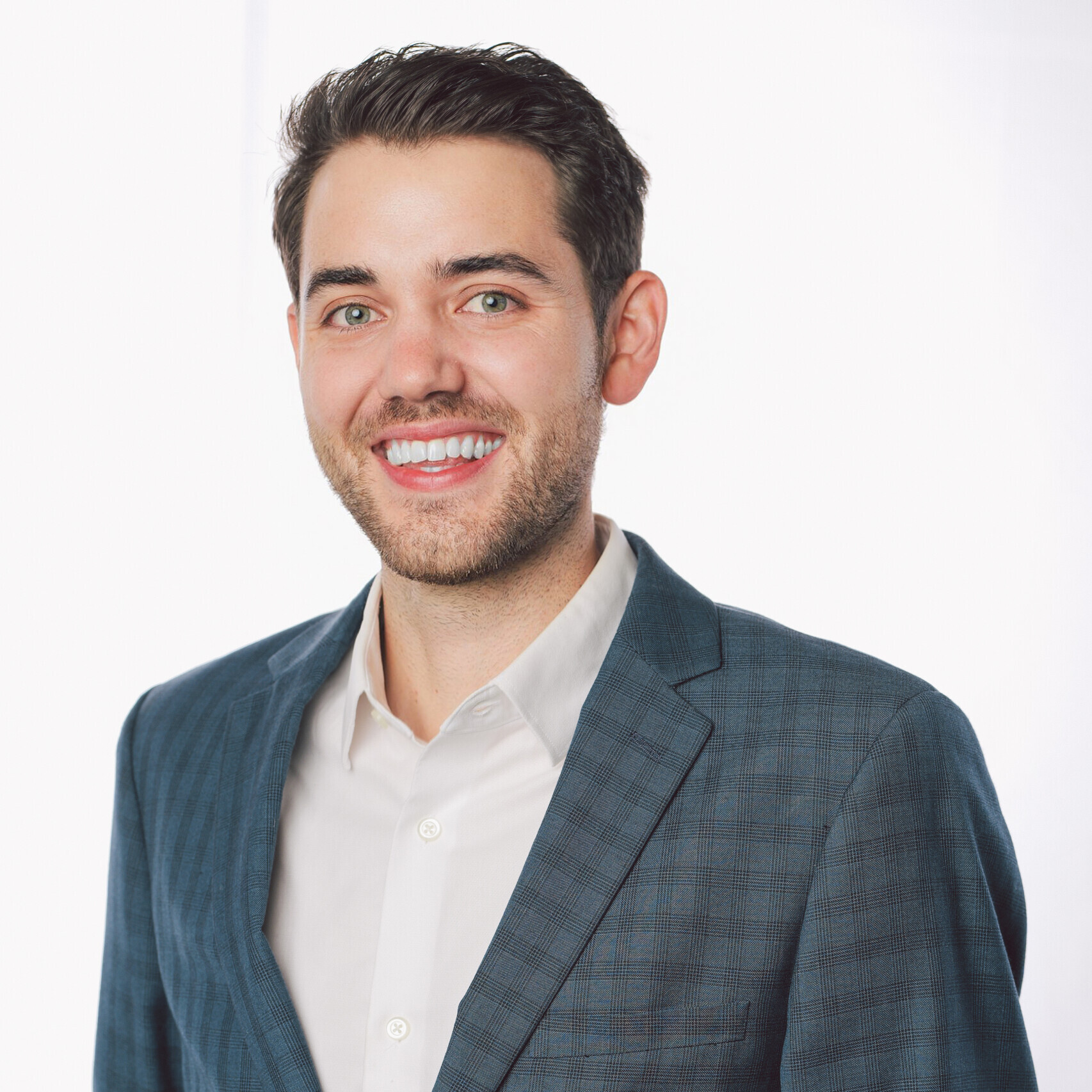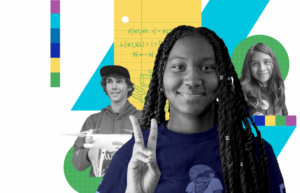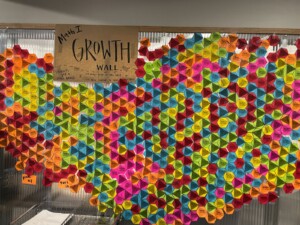A Portrait As Activation, Interpretation and North Star
Key Points
-
Using questions as a guide is a great way to enable districts, educators and students to make meaning of competencies and better speak to them in a meaningful and resonant way.

In October of 2022, a group of innovators set out to collaborate and “create an education system that is worthy of the students of Nevada.” This has manifested in one of the most intriguing state-level Portraits of a Leaner, and one that is mobilizing districts, educators and students.
To date, the work has largely aligned with the design thinking framework in the following intervals:
- Empathize (October 2022): 200 Nevadans gathered in Las Vegas to discuss building the future of learning together.
- Define (October-November 2022): Community members and educators worked together to define what are the critical mindsets and skills that graduates need to possess.
- Prototype (January 2023): “Piloting the portrait”
- Test (April 2023): Portrait Perspectives Panel where community members made sense of emerging data and engaged in a co-creation series to finalize a document that encompassed critical questions the Portrait must ask of learners.
- Iterate: The portrait is finalized in June 2023 and continues to be deepened and interpreted as it is applied.
This process ensures community involvement and radical, distributed agency in identifying not only the core factors but also the implementation methods. Now, approximately 18 months into this process, the Nevada Future of Learning Network built to bring the Portrait to life, convened nearly 200 educators to work across these discrete teams and compare notes on what they’ve learned so far and what can be done going forward.
Early in the conversation, one of the attendees noted that this process was revelatory in the way that it highlighted and included learners. They said, “Why has it taken [schools] so long to realize that students are the End User and why we haven’t consulted them in the first place to design the future.”
Agency for Educators
Because the state portrait consists of driving (and beautiful) questions, districts and schools within the state can interpret them to serve their community best. The leaders shared that finding time to work on these challenges is one of the hardest parts of driving change and were grateful for the occasion to gather and design.
A few standout examples were: Kelly Thorson, LIED, shared how their district wanted to re-emphasize STEM so they mapped new competencies onto the acronym STEM (Solving Problems, Trial and error, Effective Communication, Mental Perseverance). Then the district created codesigned branding across schools, created bingo cards that crowdsource data and enable educators and students to continue to refine their experiences to include competencies and enter in revolving raffle opportunities for gift cards.
This example resonated strongly with many members of the group as it was seen as a great example of how to build motivation in the students (a common challenge shared by most of the attending districts and students.) Jason Smith, a teacher at Ries Elementary School, shared that after hearing about the bingo card example, he took to AI to create numerous bingo cards informed by motivating students.
Lashon Fredericks, Principal at Delta Academy, found through numerous high-response polls that students were not demonstrating self-motivation for attending class. To respond to this, the school set out to equip students with a “why.” They leaned into workforce development, establishing mentors on campus and are leveraging Grab and Go’s Curriculum, Workspace Development Curriculum. Workforce development and other pathways-centric iterations could easily be mapped to any and all of the questions of the Nevada Portrait of a Learner.
Agency for Students
Michelle Mendez-yela, also at Delta Academy, shared “Students know what they want you just have to ask them in the right way.” This was echoed by a student on the call who shared that the portrait enables her to move at her own pace and move ahead in her learning, developing her curiosity and self-advocacy.
Another student, Adeline Carlson, shared: “As a high school student I really loved the conversation […] introducing agency and self-confidence to older students or even any student who has been taught by someone in their past that they need to be okay with not having their voices heard. As both a high school student and a worker in a setting with elementary kiddos it is so so important for our voices to be not only heard and appreciated, but for it to mean something in the bigger picture.”
As shared in the previous section, the bingo cards that were developed in LIED apply to both students and educators. These boards not only reassured the competencies for the students on a regular basis but it gave them agency to ask their teachers questions like “When are these going to show up in your class,” building their agency and serving as a valuable accountability check to let students have a modicum of control over their learning.
In Douglas County SD, Leslie Peters shared that although their district had a pre-existing PoG, they had never really used it effectively. Their model was called EPIC: Empowered, Prepared, Inspired and Connected. The renewed momentum in the state enabled the district to conduct a design challenge with the learners and a forthcoming design challenge with community business leaders to see “what skills resonate with you”
At the Las Vegas Academy of Arts, Robert Mars and his team are implementing new methods of assessment and creating opportunities for radically diverse and personalized demonstrations of learning. Whereas previously students may be asked to fill out a multiple choice test, students can now opt to do video/audio recordings, presentations and 1:1 meetings. The new portrait from the state enables this kind of iteration and interoperability with previously defined benchmarks for the school.
Moving Forward Together
The initiative in Nevada is energizing students and leaders alike to rethink learning goals and alignment such that all learners can have powerful learning experiences. Rather than serving as a rigid box, the state portrait is a great example of aligning on flexible, but critical, values and allowing agency at the local level to choose how it shows up for the community.
In the spirit of the work of the Las Vegas Academy for the Arts, I created a found poem of things I was hearing from the participants. Consider my dancing in the face of multiple choice:
Self-Portrait of Bighorn in a Blizzard
Design one dream of earth
and human activity where we
invite learners into a vibrant thriving
in any environment
white out or black out like
a bingo board all filled in.
It has taken long
to spot the box and
on our way out of it
put that bass in our walk.
Is it lazy, no,
smart, like a fox,
to plot yourself amidst the squiggle
to dance, waist up, in spite of winter
to use intelligence, human or otherwise
to STEM and STEM again
to spread belief like a storm, blanketing everything
to ask these beautiful questions
how might we
how must







0 Comments
Leave a Comment
Your email address will not be published. All fields are required.